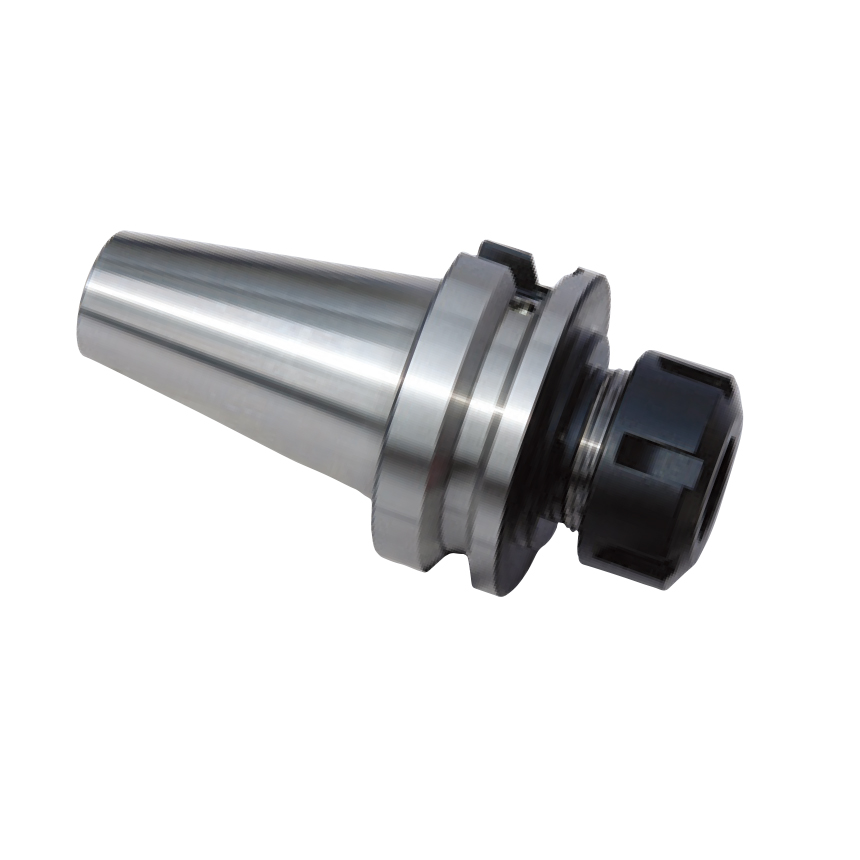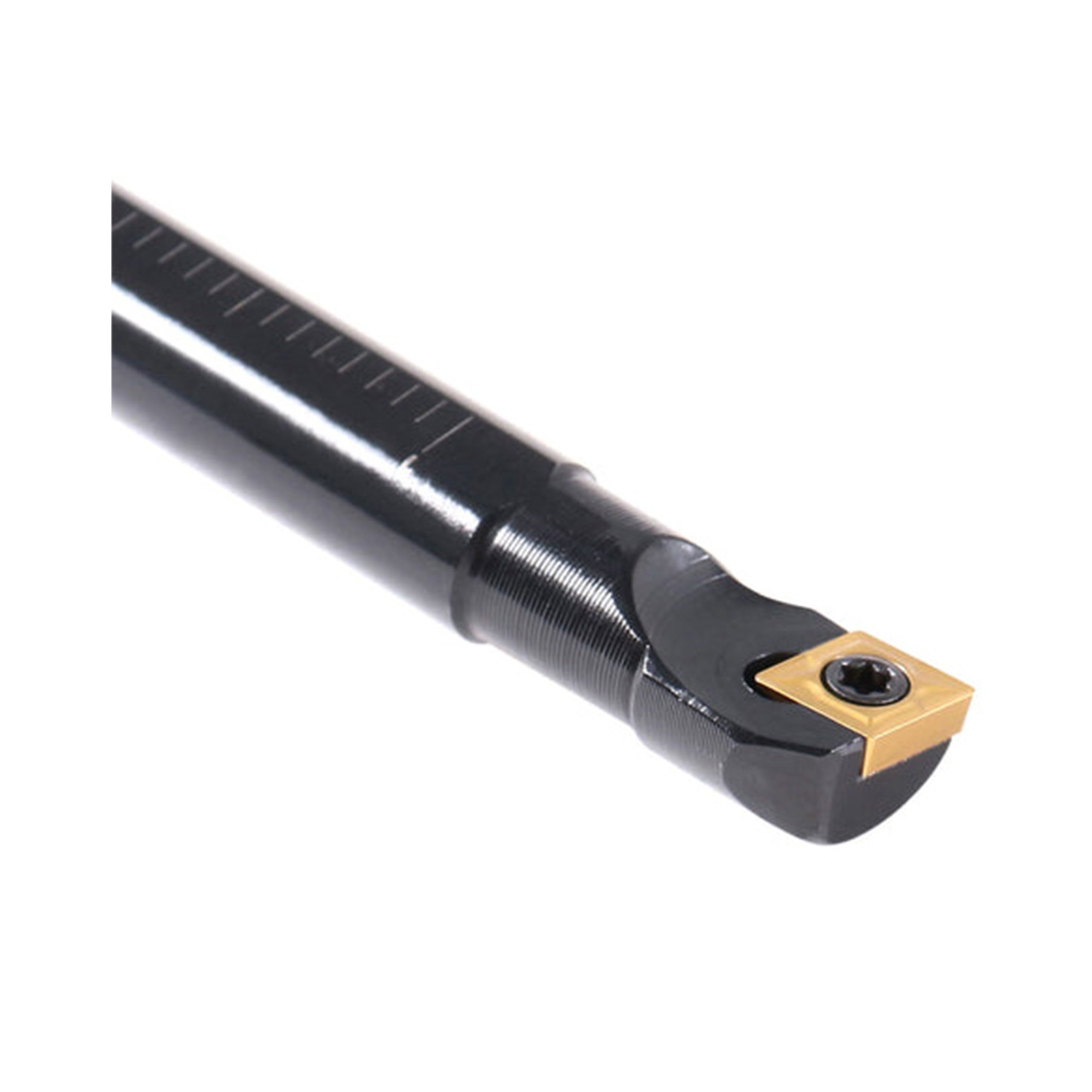High-Quality 5C collet
5C collets are precision workholding devices used in lathes, milling machines, and other machine tools. This guide explores the specifications, selection criteria, maintenance, and applications of high-quality 5C collets, helping you choose the right collet for your machining needs and ensuring optimal performance and longevity. Choosing the correct 5C collet can significantly impact machining accuracy and efficiency.
Understanding 5C Collets
What is a 5C Collet?
A 5C collet is a standardized type of collet with a specific external taper angle and thread size, making it interchangeable between machines designed to accept 5C collets. They are used to securely hold round, square, or hexagonal workpieces during machining operations. The defining feature of a 5C collet is its 5-degree collet angle.
Key Specifications of 5C Collets
High-quality 5C collets adhere to strict specifications to ensure accuracy and interchangeability. Key specifications include:
- External Taper Angle: Typically 5 degrees.
- Thread Size: Standard thread size for drawbar attachment.
- Collet Capacity: The range of workpiece diameters that the collet can securely hold.
- Material: Usually made from hardened and ground tool steel for durability and precision.
- Runout: A measure of the collet's concentricity when installed in the machine, ideally very low (e.g., 0.0002' TIR or better for precision collets).
Selecting the Right 5C Collet
Material Considerations
High-quality 5C collets are commonly made from:
- Tool Steel: Offers excellent hardness and wear resistance for general machining applications.
- Spring Steel: Provides good flexibility and gripping force, suitable for delicate workpieces.
- Carbide-Lined: Offers superior wear resistance and is ideal for abrasive materials or high-speed machining.
Types of 5C Collets
Different types of 5C collets are available to suit various workpiece shapes and machining operations:
- Round Collets: For holding round workpieces.
- Square Collets: For holding square workpieces.
- Hexagon Collets: For holding hexagon workpieces.
- Emergency Collets (Soft Collets): Made from soft steel, allowing them to be bored or machined to a specific size for custom workholding.
- Expanding Collets: Designed to grip the internal diameter of a workpiece.
Choosing the Correct Size
Selecting the correct collet size is crucial for secure workholding and accuracy. Always choose a collet size that matches the workpiece diameter as closely as possible. Avoid using collets that are significantly larger than the workpiece, as this can lead to reduced gripping force and potential slippage.
Applications of 5C Collets
High-quality 5C collets are widely used in various machining applications, including:
- Lathe Work: Holding workpieces for turning, facing, and other lathe operations.
- Milling: Securing workpieces for milling, drilling, and tapping operations.
- Grinding: Holding workpieces for precision grinding.
- Engraving: Providing precise workholding for engraving applications.
- Inspection: Holding parts for dimensional inspection and quality control.
Maintaining Your 5C Collets
Cleaning and Inspection
Regular cleaning and inspection are essential for maintaining the accuracy and longevity of your 5C collets:
- Cleaning: Clean collets regularly with a mild solvent to remove chips, coolant, and other debris.
- Inspection: Inspect collets for signs of wear, damage, or corrosion. Replace worn or damaged collets immediately.
Storage
Proper storage can help prevent damage and prolong the life of your 5C collets:
- Storage Cases: Store collets in dedicated storage cases to protect them from dust, moisture, and impact.
- Rust Prevention: Apply a light coat of oil to prevent rust, especially if storing collets for extended periods.
Troubleshooting Common Issues
Slippage
If the workpiece is slipping in the collet, consider the following:
- Collet Size: Ensure the collet is the correct size for the workpiece.
- Collet Condition: Check the collet for wear or damage.
- Drawbar Tension: Verify that the drawbar is properly tightened.
Runout
Excessive runout can negatively impact machining accuracy. To minimize runout:
- Collet Quality: Use high-quality 5C collets with low runout specifications.
- Collet Holder: Ensure the collet holder is clean and in good condition.
- Machine Spindle: Check the machine spindle for runout.
Where to Buy High-Quality 5C Collets
High-quality 5C collets can be purchased from various sources, including:
- Machine Tool Suppliers: Reputable machine tool suppliers like Wayleading Tools offer a wide selection of 5C collets from leading manufacturers.
- Online Retailers: Many online retailers specialize in cutting tools and workholding devices.
Conclusion
Choosing the right high-quality 5C collet and maintaining it properly can significantly improve machining accuracy, efficiency, and tool life. By understanding the key specifications, selection criteria, and maintenance procedures outlined in this guide, you can optimize your machining operations and achieve superior results.
Table: Common 5C Collet Sizes and Their Capacity (Example)
| Collet Size (Inch) | Collet Capacity (Inch) |
|---|---|
| 1/8 | 0.125 |
| 1/4 | 0.250 |
| 3/8 | 0.375 |
| 1/2 | 0.500 |
| 5/8 | 0.625 |
| 3/4 | 0.750 |
| 7/8 | 0.875 |
| 1 | 1.000 |
Note: This table provides general guidelines. Always consult the manufacturer's specifications for accurate capacity information.
Disclaimer: All product specifications and recommendations are based on commonly available information and should be verified with the manufacturer.
Related products
Related products
Best selling products
Best selling products-
 APKT Milling Insert For Indexable Milling Cutter
APKT Milling Insert For Indexable Milling Cutter -
 Precision Outside Micrometer With digit Counter Of Inch & Metric With Rachet Stop
Precision Outside Micrometer With digit Counter Of Inch & Metric With Rachet Stop -
 9PCS Broken Tap Extractor Set With Storage Box
9PCS Broken Tap Extractor Set With Storage Box -
 5C Round Collet With Inch and Metric Size
5C Round Collet With Inch and Metric Size -
 QA Grooving & Cut-Off Holder With Right And Left Hand
QA Grooving & Cut-Off Holder With Right And Left Hand -
 Precision Dial Caliper Of Metric & Imperial For Industrial
Precision Dial Caliper Of Metric & Imperial For Industrial -
 DIN333A HSS Center Drills With Milled & Fully Ground Flute
DIN333A HSS Center Drills With Milled & Fully Ground Flute -
 Dial Depth Gauge With Stainless Steel For Industrial Type
Dial Depth Gauge With Stainless Steel For Industrial Type -
 Precision 7pcs Angle Blocks Set With High Quality Type
Precision 7pcs Angle Blocks Set With High Quality Type -
 DIN4971-ISO1 Carbide Tipped Tool Bit With Right And Left Hand
DIN4971-ISO1 Carbide Tipped Tool Bit With Right And Left Hand -
 Electronic Digital Height Gauge From 300 to 2000mm
Electronic Digital Height Gauge From 300 to 2000mm -
 CNC BT-ER Spring Collet Chuck For CNC Machine
CNC BT-ER Spring Collet Chuck For CNC Machine
Related search
Related search- Wholesale Cut Off Holder
- G55 threading insert Factory
- rotary table Supplier
- calipers with long jaws Manufacturers
- 4 jaw self centering chuck Supplier
- 30 degree milling cutter Manufacturers
- horizontal spirit level Supplier
- Internal & external thread tool holders set Factory
- thread gauge Factories
- telescoping gages











